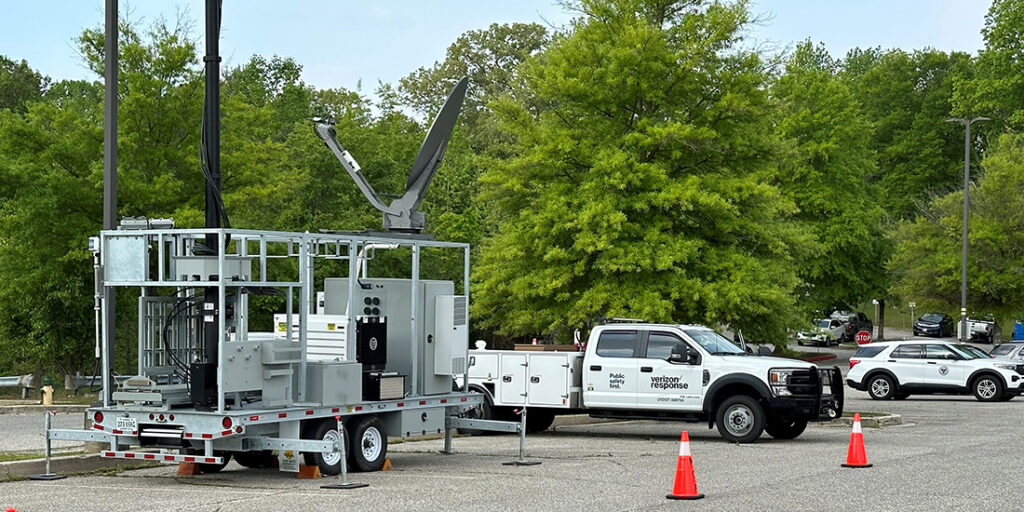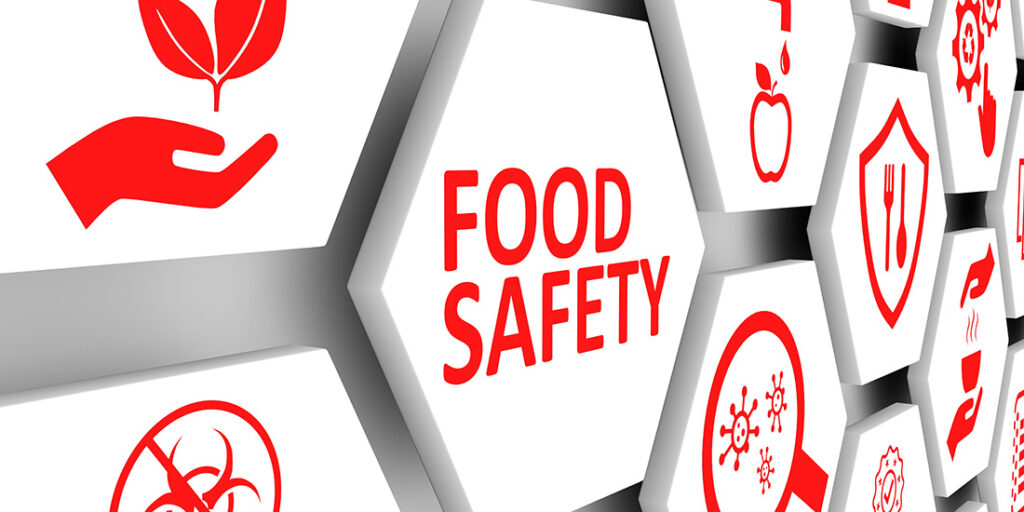CBRNE

The Evolving Landscape of Domestic Extremism
- Richard Schoeberl
Extremism in its many forms remains a growing threat in the U.S. There is heightened concern about ongoing violent extremist reactions to both domestic sociopolitical developments and international events that may be used to justify attacks. Countering this threat requires a comprehensive strategy, including improved intelligence efforts, stronger partnerships, and expanded investigations and prosecutions.
Most Recent

A Regional Approach to Public Safety Communications Planning
Charles (Charley) Bryson
April 16, 2025
Despite significant investments in public safety, critical training gaps for first responders persist. Regional planning committees, established by the FCC in the 1980s to manage public safety radio frequencies, remain key to improving interoperability. Learn about ongoing efforts—both regional and national—to close communication gaps and improve coordinated emergency response.

Farm to Power: New Hazards in Rural Communities
Russ Kane
March 26, 2025
In the interest of reducing methane pollution and establishing a revenue stream for a renewable resource, dairy and livestock operators are creating mechanisms to produce compressed natural gas. This new technology reduces greenhouse gases but also introduces new hazards to rural communities.

The Societal and Economic Dangers of Agroterrorism
Michael (Mike) Nicholls
March 12, 2025
While Ireland’s potato blight was destructive to the Irish population, modern agroterror attacks could be designed to hurt a nation’s economy rather than to kill its people. However, positively identifying agroterrorists would be a formidable task.

Cost Analysis: Protecting the Grid and Electronics from an EMP
The Foundation for Infrastructure Resilience
March 12, 2025
Because modern societies are increasingly reliant on electronics, they are more vulnerable to the effects of an electromagnetic pulse event. As nations move to electrify their critical infrastructure and essential services, the cascading effects of a power grid disruption increase their vulnerability.
CBRNE Archives
The Evolving Landscape of Domestic Extremism
Richard Schoeberl
August 20, 2025
Extremism in its many forms remains a growing threat in the U.S. There is heightened concern about ongoing violent extremist reactions to both domestic sociopolitical
Preparing Small Communities for Terrorist Attacks
Rodney Andreasen
August 13, 2025
Terrorist attacks have broad psychological, social, and economic impacts that often extend beyond the initial target. While large cities are typical targets due to their
A Regional Approach to Public Safety Communications Planning
Charles (Charley) Bryson
April 16, 2025
Despite significant investments in public safety, critical training gaps for first responders persist. Regional planning committees, established by the FCC in the 1980s to manage
Farm to Power: New Hazards in Rural Communities
Russ Kane
March 26, 2025
In the interest of reducing methane pollution and establishing a revenue stream for a renewable resource, dairy and livestock operators are creating mechanisms to produce
The Societal and Economic Dangers of Agroterrorism
Michael (Mike) Nicholls
March 12, 2025
While Ireland’s potato blight was destructive to the Irish population, modern agroterror attacks could be designed to hurt a nation’s economy rather than to kill
Cost Analysis: Protecting the Grid and Electronics from an EMP
The Foundation for Infrastructure Resilience
March 12, 2025
Because modern societies are increasingly reliant on electronics, they are more vulnerable to the effects of an electromagnetic pulse event. As nations move to electrify
Follow Us
Get Instant Access
Subscribe today to Domestic Preparedness and get real-world insights for safer communities.
CBRNE
Most Recent

Emergency Management of Tomorrow: Emerging Technologies and Concepts
Dan Cotter, Christina Bapst-Stump, Ann Lesperance and Rachel A. Bartholomew
December 11, 2024
More frequent and intense disasters put pressure on emergency managers and emergency operations centers to share and analyze data faster

Protecting Critical Infrastructure From Weaponized Drones
David Winks, Steve Chill, Frederick Ferrer, Michael J. "Apollo" Lovell, Mike Swearingen and Mary Lasky
December 4, 2024
Electricity substations are traditionally only protected by chain link fences and signage warning of the dangers of high voltage. However,

National Laboratory Partnerships: Linking Operations and Research
Ryan Eddy and Ann Lesperance
September 25, 2024
The September 11 terrorist attacks in 2001 spurred a pivotal change in the way the U.S. approaches preparedness for threats

Bridging Preparedness: State Medication Reserves for Pandemics and Beyond
Angie Im
August 14, 2024
New human cases of highly pathogenic avian influenza have been confirmed in the United States. Although most cases like this
CBRNE Archives
The Evolving Landscape of Domestic Extremism
Richard Schoeberl
August 20, 2025
Extremism in its many forms remains a growing threat in the U.S. There is heightened concern about ongoing violent extremist reactions to both domestic sociopolitical
Preparing Small Communities for Terrorist Attacks
Rodney Andreasen
August 13, 2025
Terrorist attacks have broad psychological, social, and economic impacts that often extend beyond the initial target. While large cities are typical targets due to their
A Regional Approach to Public Safety Communications Planning
Charles (Charley) Bryson
April 16, 2025
Despite significant investments in public safety, critical training gaps for first responders persist. Regional planning committees, established by the FCC in the 1980s to manage
Farm to Power: New Hazards in Rural Communities
Russ Kane
March 26, 2025
In the interest of reducing methane pollution and establishing a revenue stream for a renewable resource, dairy and livestock operators are creating mechanisms to produce
The Societal and Economic Dangers of Agroterrorism
Michael (Mike) Nicholls
March 12, 2025
While Ireland’s potato blight was destructive to the Irish population, modern agroterror attacks could be designed to hurt a nation’s economy rather than to kill
Cost Analysis: Protecting the Grid and Electronics from an EMP
The Foundation for Infrastructure Resilience
March 12, 2025
Because modern societies are increasingly reliant on electronics, they are more vulnerable to the effects of an electromagnetic pulse event. As nations move to electrify
Follow Us
Get Instant Access
Subscribe today to Domestic Preparedness and get real-world insights for safer communities.

